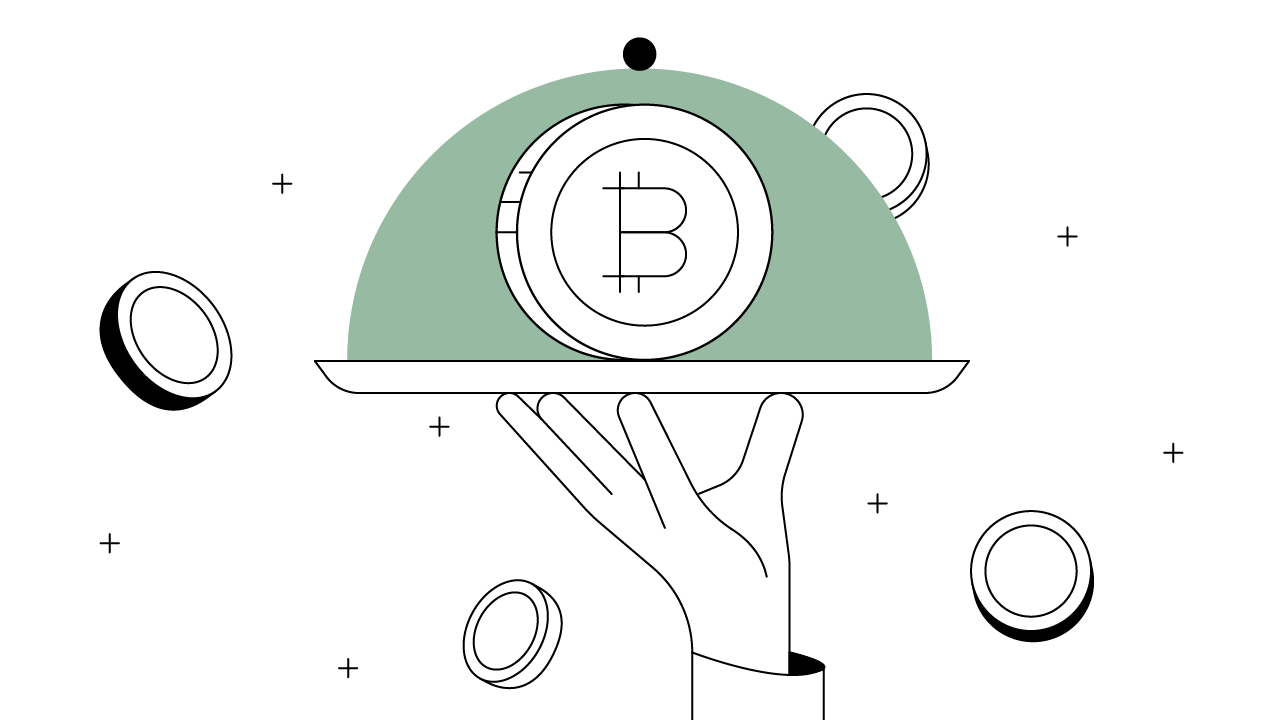Contents
Fake Cryptocurrencies
We discuss red flags, historical examples of fake cryptocurrencies, and tips to help you recognize legitimate crypto projects.
Updated June 1, 2021 • 3 min read

Summary
More than 7,000 digital currencies exist, with new coins being created all the time. This rapid growth has exacerbated the problem of fake cryptocurrencies. As scammers attempt to deceive potential victims with bogus crypto, billions of dollars have been lost in fake cryptocurrency scams and related social engineering practices. Fake cryptocurrencies have been marketed through fraudulent Initial Coin Offerings (ICOs) and crypto Ponzi schemes like the notorious OneCoin scam.
“Dead Coins” and Fraudulent ICOs
New cryptocurrencies are often launched through Initial Coin Offerings (ICOs). An ICO, which is similar to an Initial Public Offering (IPO), enables companies to raise capital to launch a new coin or product. The ICO process generally entails creating a whitepaper describing the company and project, financial details, duration, and the number of digital tokens the project will retain, among other specifications. Investors can often buy into an ICO with cryptocurrency, and receive the token from the company in exchange.
By some estimates, there are more than 1,000 “dead coins” — or cryptocurrencies that have failed to trade at a price above $0.01 since the time of their ICOs. While some of those cryptocurrencies failed as a result of the crypto bear market in 2018, many others involved fraudulent activity. One in particular, the BitConnect platform and its associated BitConnect coin, was revealed to be a crypto Ponzi scheme from the start, despite having a $2 billion USD market cap post launch.
A Crypto Scam Cautionary Tale: My Big Coin
My Big Coin is another notorious example of a fake cryptocurrency. The founder and principal operator, Randall Crater, was charged with defrauding investors by marketing and selling My Big Coins (MBC) on social media platforms.
Crater claimed to have partnered with a company that would secure MBC coins with gold, and fabricated figures about the coins’ value. Investors were told that MBC could be readily traded and transferred, and could soon be used for everyday purchases with a credit card backed by the coin. All of these claims turned out to be false. In reality, Crater siphoned off more than $6 million of investors’ money for lavish personal purchases.
The OneCoin Crypto Ponzi Scheme
Not to be outdone by the My Big Coin fiasco, the multi-billion dollar OneCoin scam seems like a drama made for the movies.
The OneCoin scam was an expansive Ponzi scheme that promised the next big cryptocurrency. OneCoin, helmed by Ruja Ignatova and Sebastian Greenwood, brought in $4 billion from eager investors across the globe. Many of them claimed to be taken by Ignatova’s impressive educational and professional credentials and emphatic assurances about the potential profitability of OneCoin.
But for many in the cryptocurrency community, OneCoin was clearly a scam. There was no blockchain or network associated with the coin. Rather than demonstrate its functionality or inherent utility, the founders gained popularity by selling membership or educational packages. These packages offered OneCoin that could be exchanged for fiat currency, but only on the private XcoinX exchange, and in limited amounts. For many, this was a tell-tale sign that a Ponzi scheme might be afoot. OneCoin then issued a notice that its trading would be paused for two weeks, before shutting down altogether a few months later. Greenwood has since been arrested for his involvement in the Ponzi scheme. Ignatova, who eluded authorities for years, was reportedly negotiating a plea agreement with U.S. prosecutors. As of March 2021, Ignatova had not yet been apprehended.
Don’t Get Faked Out By Fake Cryptocurrencies
Seasoned crypto investors almost universally remain on guard when investing in new projects and the ICOs associated with them. Anyone seeking to invest in a crypto project should be especially wary of promises of guaranteed returns. As a potential investor, you should inspect whitepapers closely, including the project’s stated objective. It’s also important to verify the project team members’ identities and credentials.
Until ICOs and a greater percentage of the cryptocurrency space become fully regulated, your best protection against crypto fraud is individual research and a healthy dose of skepticism. Extravagant promises of instant riches are likely too good to be true.
Cryptopedia does not guarantee the reliability of the Site content and shall not be held liable for any errors, omissions, or inaccuracies. The opinions and views expressed in any Cryptopedia article are solely those of the author(s) and do not reflect the opinions of Gemini or its management. The information provided on the Site is for informational purposes only, and it does not constitute an endorsement of any of the products and services discussed or investment, financial, or trading advice. A qualified professional should be consulted prior to making financial decisions. Please visit our Cryptopedia Site Policy to learn more.

Is this article helpful?


